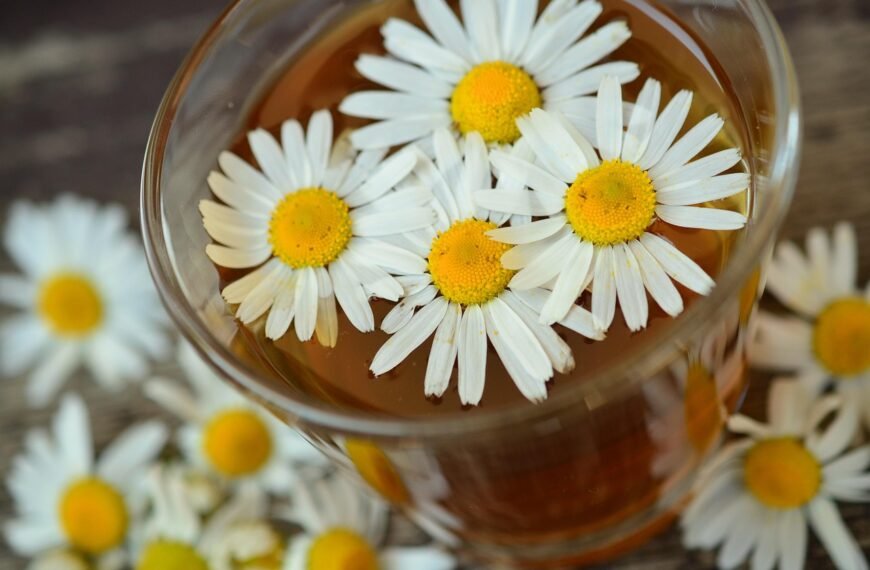
Chia and sabja seeds have become popular for their health benefits, especially in weight loss. These tiny seeds are packed with essential nutrients like protein, fibre, omega-3 fatty acids, calcium, iron, and magnesium. But which one is better? Let’s explore their differences and find out which suits your needs.
Chia seeds are known for their high omega-3 content, providing more than double the amount found in sabja seeds. This makes them great for heart health and brain function. On the other hand, sabja seeds contain more fibre, calcium, iron, and magnesium, which support digestion and bone health.
When it comes to texture, sabja seeds are slightly larger and need soaking before consumption. They form a gel-like consistency, which helps in digestion and cooling the body. Chia seeds, however, can be eaten dry or soaked, making them more versatile in different recipes.
Both seeds offer incredible health benefits. Chia seeds are rich in antioxidants, aid digestion, and support weight loss by keeping you full for longer. They also help in maintaining stable blood sugar levels and reducing heart disease risk. Sabja seeds, often used as a natural body coolant, help with acidity, constipation, and gut health. They are packed with plant compounds that promote overall well-being.
So, which one should you choose? If you want a higher dose of omega-3s and antioxidants, go for chia seeds. If digestion and cooling effects are your priority, sabja seeds are a great option. Both can be included in a balanced diet for better health.


















